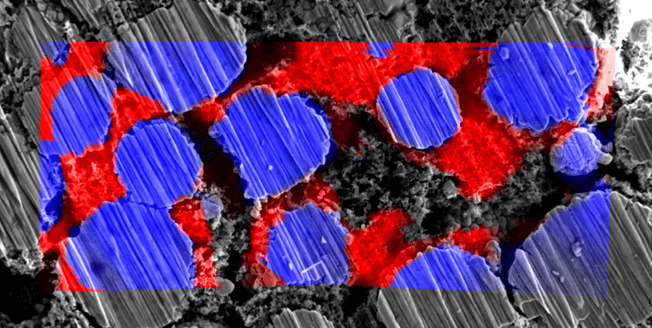
This application note shows correlative Raman-SEM-EDS imaging investigations of Li-ion batteries that reveal charge cycle-induced chemical and structural changes, including degradation in particles of a Li-NMC battery cathode.
The Raman Principle
The Raman effect is based on the inelastic scattering of light by the molecules of gaseous, liquid or solid materials. The interaction of a molecule with photons causes vibrations of its chemical bonds, leading to specific energy shifts in the scattered light. Thus, any given chemical compound produces a particular Raman spectrum when excited and can be easily identified by this individual “fingerprint.”Raman spectroscopy is a well-established, label-free and non-destructive method for analyzing the molecular composition of a sample.





